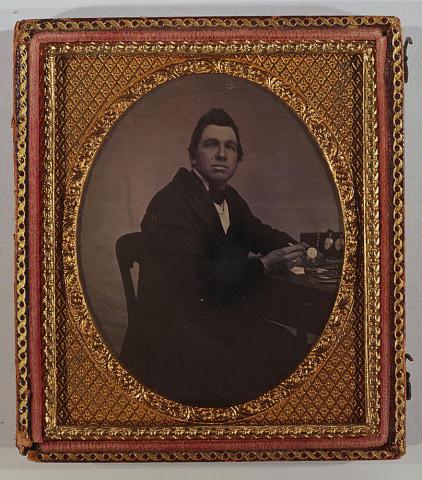Image

Description
A watchmaker is a craftsman who makes and repairs watches by hand. Peter Henlein, a locksmith and clockmaker from Germany in the 1500s, was the inventor of the world's first watch. In the United States, the railroad chose their own time standards until 1883. Standard time was made a law in the U.S. until the 1918 Standard Time Act created standard time in time zones.
Source-Dependent Questions
- Look closely at the photo. Describe what the man is working on.
- Peter Henlein, the man in the photo, was a locksmith and clockmaker from Germany in the 1500s. He invented the world's first watch. Why would a watch be an important innovation for society?
- Before the Standard Time Act of 1918, the railroads in the United States could choose their own time standards for schedules. Why would it be beneficial for railroads to use a standard time to create the train schedules?
Citation Information
"Occupational portrait of a watchmaker, three-quarter length, seated at table with watches," between 1840 and 1860. Courtesy of Library of Congress